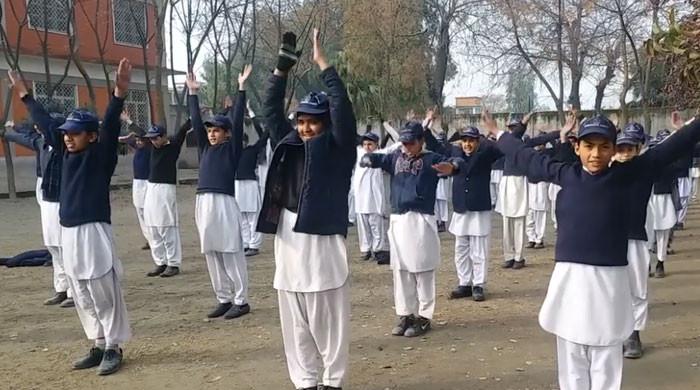SEVERAL amendments to the existing in reimbursing its pension scheme are proposed due to the increasing burden on the state’s economy, given the unsustainable nature of the current pension scheme. A few of the proposed amendments are debatable. Some of the notable points are discussed further in this article. It is proposed through the amendments that an early retirement penalty of 3-10% per year reduction in gross pension will be applicable to the employees who seek retirement earlier, i.e., after 25 years of service. This amendment can be seen in two ways. Firstly, a penalty must be imposed as an employee is leaving his/her service before reaching the retirement age of 60 years.
Doing so, the employee leaves the designated position to be filled by another person using the state resources. The process of recruitment takes quite a long time; thus, the state suffers because of the inefficiency caused by a blank position and the resources being used to hire a new employee. Secondly, a penalty must not be imposed as when an old employee leaves, it will create a way for more innovative and creative personnel to join the position left by the ex-employee. Other than that, the experienced employee who has left the position can get many employment opportunities in private firms for his/her experience.
Another existing rule suggests that if reemployed, an employee can get pay and pension both from the federal government. While through the proposed amendment the government tends to change the rule of both pension and pay to the reemployed worker to forgo either pension or pay. In case of reemployment, the government must ensure both pension and pay for the employee. It would be quite unfair to make the employee do all the work on pension alone, which he/she would get even without being reemployed. In this manner, a reemployed worker will not be paid for his/her current job. Therefore, the government must ensure both pension and pay till the age of 60 years in case of reemployment in public sector.
One of the existing rules suggests that pension is entitled to the third tier i.e., the unmarried/widow/divorced daughter for life. The proposed amendment suggests that pension is restricted to the third tier for only 10 years, 20 years in case of Shuhada families and the disabled son/daughter will be entitled for life. It is a welcome step to restrict the third tier to a specified number of years, but the exemptions must also include the unmarried daughters to get the entitled amount until they get married, as they are solely dependent on their parents. Doing so, the government will be able to provide for their social protection, avoiding them being subjected to any societal vulnerability which might be required to be covered through any other social protection programs by the government such as BISP.
Another rule suggests that pension will be calculated on the basis of average of last three years pay. The prior rule suggested it to be the other way around that it must be based on the last pay drawn of the retiring individual. Here, the point of concern is “the average of the last three years pay” which is quite obvious to lead to a comparatively smaller amount of pension. The very notion of pension comes under the social protection program and employees old-age benefits. The government’s step must be directing towards facilitating the employees and not only themselves as they have spent their entire lives in providing public service under the umbrella of the government.
Through the proposed amendments, the government also tends to change the increase in pension will be given on net/gross pension authorized at the time of retirement. In future, the increase in pension has been indexed with CPI (80%) of last 3 years with maximum 10% increase per annum. Though the increase in pension must be based on 100% of the Consumer Price Index (CPI) as the household expenses are directly related to the prices of goods and services, which keeps on increasing with the passage of time.
In the end, it is recommended that the government must utilize the pension cuts from the employees’ emolument to their fullest, making it a sustainable practice and not a burden on the shoulders of the state economy. One important step would be to invest the pension cuts from the emoluments of the currently employed personnel in higher return generating areas, for instance, in buying shares of multi-national companies and selling them with a good marginal rate of return. It will not only make paying pensions easier for the state but also is capable of generating a greater revenue for the state economy. Not only the pension scheme but the investment of the pension cuts also needs to be amended to produce greater return for the state economy.
—The writer is studying MS-Governance and Public policy at NUST, Islamabad.
Email: [email protected]
views expressed are writer’s own.






